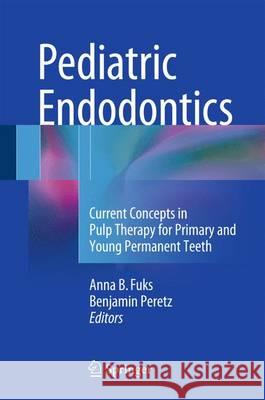Pediatric Endodontics: Current Concepts in Pulp Therapy for Primary and Young PermanentTeeth » książka
topmenu
Pediatric Endodontics: Current Concepts in Pulp Therapy for Primary and Young PermanentTeeth
ISBN-13: 9783319275512 / Angielski / Twarda / 2016 / 164 str.
Pediatric Endodontics: Current Concepts in Pulp Therapy for Primary and Young PermanentTeeth
ISBN-13: 9783319275512 / Angielski / Twarda / 2016 / 164 str.
cena 603,81
(netto: 575,06 VAT: 5%)
Najniższa cena z 30 dni: 578,30
(netto: 575,06 VAT: 5%)
Najniższa cena z 30 dni: 578,30
Termin realizacji zamówienia:
ok. 22 dni roboczych
Dostawa w 2026 r.
ok. 22 dni roboczych
Dostawa w 2026 r.
Darmowa dostawa!
Pediatric Endodontics











